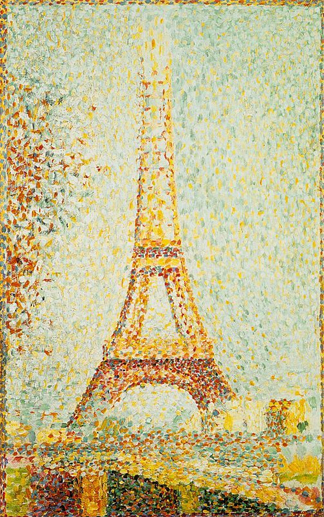'A largely incoherent jumble of insensitively hung pictures': Andrew Graham-Dixon on 'Monet to Matisse' at the National Gallery of Scotland
Richard Thomson, who has conceived and organised ''Monet to Matisse'' for the National Gallery of Scotland, declares in the catalogue that accompanies the exhibition that ''landscape painting is a cultural receptacle constantly remoulded to accommodate external values''. Quite what he means by this is unclear - it may simply be an inelegant way of repeating the truism that changes in art reflect changes in society - but Thomson's definition of paintings as receptacles seems involuntarily revealing. That is certainly how they have been treated in this exhibition - receptacles, for the most part, for his own theories about them.
The theme of the exhibition is ''French Landscape Painting 1874-1914'', but the works of art that it contains are presented under such diverse and often confusing rubrics that the result is a largely incoherent jumble of insensitively hung pictures. Its didacticism is made even less appealing than it might otherwise have been by the fact that Thomson belongs to the growing tribe of modern art historians who believe that the primary interest of paintings is sociological and who are thus liable to interrogate Matisse's paintings of the South of France, say, for evidence of the increasing urbanisation of the Cote d'Azure in the early 20th century, or to treat Monet's paintings of poplars as invaluable documents of the development of the French logging industry in the 1890s.
Somewhat perversely, given the ostensible theme of the exhibition, the first pictures to be seen in it are depictions of Paris and its suburbs. It turns out that Monet's slight and rather Constable-like oil sketch of The Seine at Petit- Gennevilliers, Matisse's muddy and clotted early painting of barges passing the Cathedral...


